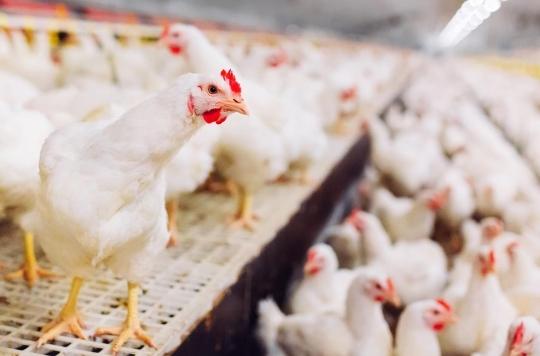The UN is alarmed by the presence in Asia of a new strain of avian influenza, A (H5N6), which is particularly pathogenic. The risks of transmission to humans are said to be low.

The Food and Agriculture Organization of the United Nations (FAO) warns of a new strain of bird flu named A (H5N6). The virus was first reported by Chinese authorities in poultry in April. Since then, several outbreaks have been detected in Laos and Viet Nam.
“Highly pathogenic”
The authors of the press release seem particularly worried about this virus, described as “highly pathogenic”, detected in several areas very far from each other. “Infected poultry get sick quickly and often die within 72 hours,” reports Juan Lubroth, chief veterinarian at FAO.
The World Organization for Animal Health (OIE) asks States “to notify without delay any outbreak detected on their territory”. She recalls that “effective surveillance and early detection of animal diseases at their source are two main means of reducing the risk of dissemination and ensuring the safety of trade”.
One death since April
After the virus was detected in China, one case of death of a patient exposed to poultry has been reported. However, according to the WHO, H5N6 is unlikely to pose an immediate and significant threat to human health.
“The virus has been detected in various places in poultry, but we are only aware of one infection in humans, which suggests that the virus is not easily transmitted from animals to humans” , said the WHO epidemiologist in the statement.
However, the FAO recommends increased vigilance. “The prevalence in poultry and, therefore, exposure to humans, could increase during the winter. Although the public health risks posed by H5N6 currently appear to be low, other pathogens – including other influenza virus subtypes such as H5N1 and H7N9 – may nevertheless give rise to concerns ”. The scientific community is still struggling to understand the dynamics of this new strain.
.














-1608549489.jpg)
-1607000667.jpg)